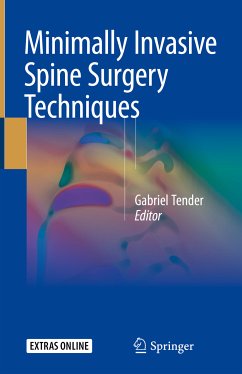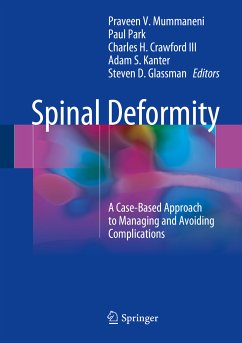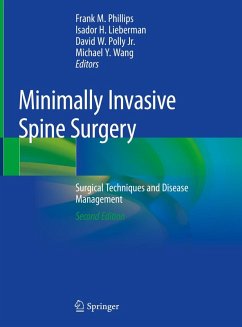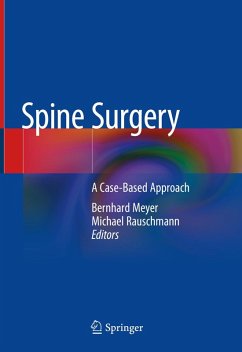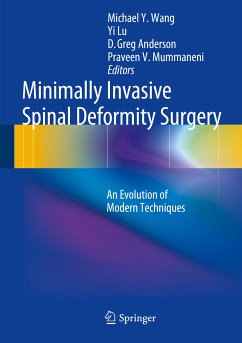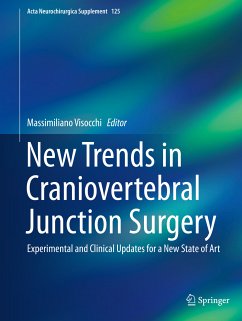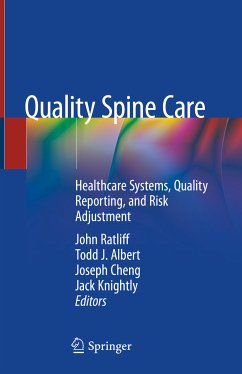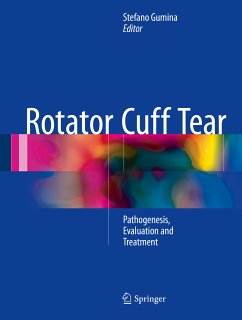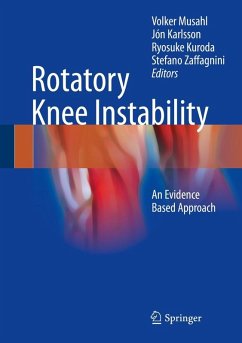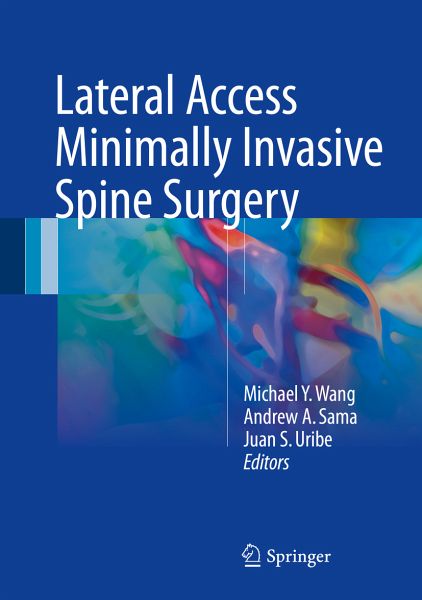
Lateral Access Minimally Invasive Spine Surgery (eBook, PDF)
Versandkostenfrei!
Sofort per Download lieferbar
72,95 €
inkl. MwSt.
Weitere Ausgaben:

PAYBACK Punkte
36 °P sammeln!
This well-illustrated textbook is the first comprehensive and authoritative source of information on minimally invasive lateral access spine surgery. It covers all aspects of the subject, including patient selection, approach and monitoring techniques, soft tissue management, application in a variety of pathologies, technical nuances, and the prevention and management of complications. In addition, current controversies in the field are discussed and the biomechanics of lateral spinal reconstruction, the physiologic benefits, and cost implications are explained. As use of the lateral approach ...
This well-illustrated textbook is the first comprehensive and authoritative source of information on minimally invasive lateral access spine surgery. It covers all aspects of the subject, including patient selection, approach and monitoring techniques, soft tissue management, application in a variety of pathologies, technical nuances, and the prevention and management of complications. In addition, current controversies in the field are discussed and the biomechanics of lateral spinal reconstruction, the physiologic benefits, and cost implications are explained. As use of the lateral approach in spinal surgery has become more popular, so its diversity and complexity have increased. Nevertheless, publications devoted entirely to the technique are lacking, and Lateral Access Minimally Invasive Spine Surgery is designed to fill this vacuum. Written by the world's experts on the topic, it will be an excellent resource for both beginning and experienced surgeons.
Dieser Download kann aus rechtlichen Gründen nur mit Rechnungsadresse in A, B, BG, CY, CZ, D, DK, EW, E, FIN, F, GR, HR, H, IRL, I, LT, L, LR, M, NL, PL, P, R, S, SLO, SK ausgeliefert werden.



